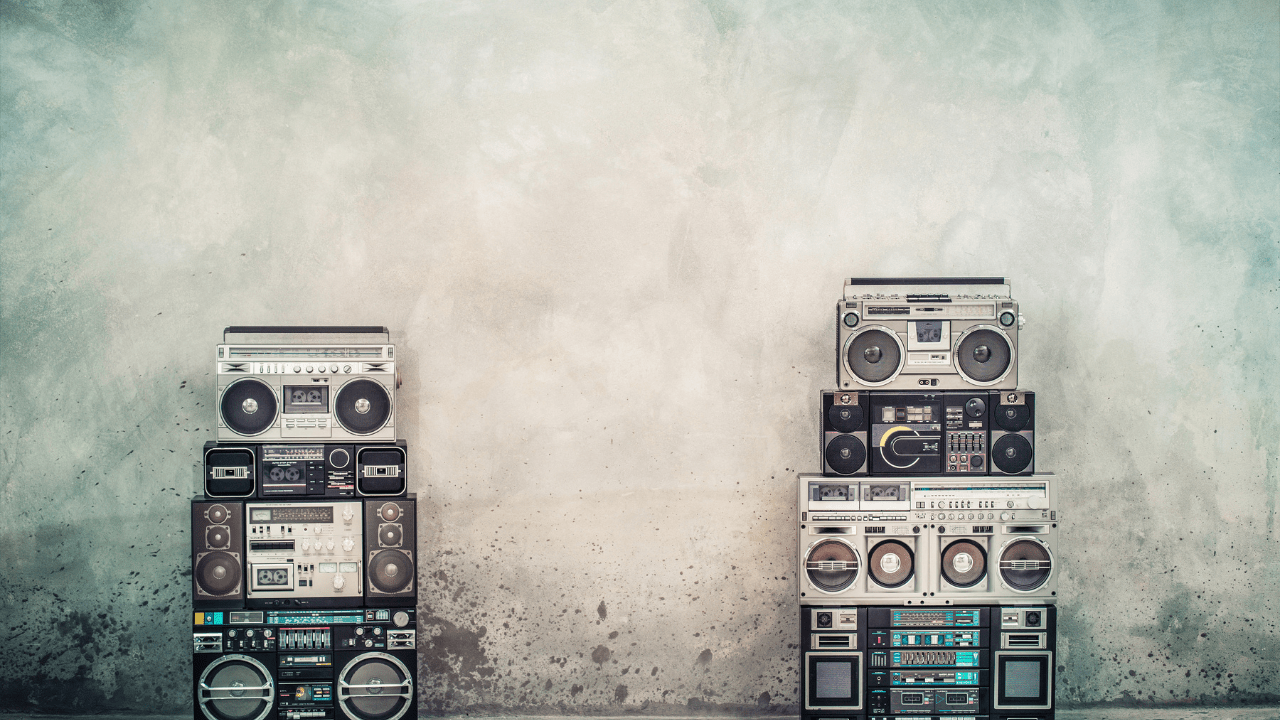Music is a universal language that speaks to the soul. Among its many genres, R&B music stands out for its soulful melodies, heartfelt lyrics, and deep connections to human emotion. But what does R&B music full form actually mean? R&B, or Rhythm and Blues, is not just a genre; it’s a cultural movement that has shaped modern music in profound ways.
In this blog, we’ll explore the meaning of R&B, its history, evolution, and why it continues to captivate audiences around the globe.
What Does R&B Stand For?
The full form of R&B is Rhythm and Blues. This term was coined in the late 1940s to describe a new style of music that blended elements of jazz, gospel, and blues. Over the years, R&B has evolved, incorporating modern sounds and becoming one of the most influential genres in the music industry.
Rhythm refers to the groove or beat that makes R&B so infectious, while blues signifies the soulful and emotional depth that defines its lyrics. Together, they form a genre that speaks to both the heart and the feet.
The Origins of R&B Music
R&B music originated in African American communities in the United States during the 1940s. It was initially a term used to describe recordings targeted at urban Black audiences. The genre was deeply rooted in the struggles and triumphs of African Americans, often addressing themes of love, hardship, and resilience.
Artists like Ray Charles, Ruth Brown, and Sam Cooke were pioneers of early R&B, combining gospel-inspired vocals with bluesy instrumentation. Their work laid the foundation for what R&B would become—a genre that transcends boundaries and brings people together.
The Evolution of R&B Music
1950s: The Birth of Rhythm and Blues
In the 1950s, R&B was characterized by its upbeat rhythms and catchy melodies. It was the precursor to rock and roll, influencing artists like Elvis Presley and Chuck Berry.
1960s: Soulful Expansion
The 1960s saw R&B merging with soul music. Artists like Aretha Franklin and Otis Redding brought a raw, emotional depth to the genre, making it more personal and relatable.
1970s: Funk and Disco Influence
The 1970s introduced funk and disco elements into R&B. Artists like Stevie Wonder and Earth, Wind & Fire infused their music with groovy basslines and vibrant energy.
1980s: The Rise of Contemporary R&B
The 1980s marked the rise of contemporary R&B, blending traditional elements with modern pop sounds. Michael Jackson and Whitney Houston became global icons, pushing R&B into the mainstream.
1990s: A Golden Era
The 1990s are often considered the golden era of R&B. Artists like Boyz II Men, Mariah Carey, and TLC dominated the charts, producing timeless hits that remain beloved today.
2000s to Present: Modern R&B
Today, R&B continues to evolve, incorporating elements of hip-hop, electronic music, and even indie sounds. Artists like Beyoncé, The Weeknd, and H.E.R. represent the new wave of R&B, blending innovation with tradition.
Key Elements of R&B Music
- Soulful Vocals
R&B is known for its powerful and emotive vocal performances. Singers often use techniques like melisma to convey deep emotion. - Rhythmic Grooves
A strong sense of rhythm is central to R&B, often driven by basslines and drum patterns. - Heartfelt Lyrics
R&B lyrics often explore themes of love, heartbreak, and personal growth. - Melodic Hooks
Catchy melodies are a hallmark of R&B, making its songs memorable and relatable. - Instrumentation
Traditional R&B featured instruments like pianos, saxophones, and guitars. Contemporary R&B often uses synthesizers and digital production.
The Impact of R&B Music on Culture
R&B music has had a profound impact on culture, breaking barriers and bringing people together. It has:
- Shaped Other Genres
From rock to hip-hop, many genres owe their roots to R&B. - Addressed Social Issues
R&B has been a platform for addressing issues like racism, inequality, and empowerment. - Celebrated Diversity
As a genre born from African American culture, R&B celebrates diversity and inclusion.
How to Enjoy R&B Music
- Explore Classics
Start with legendary artists like Ray Charles, Aretha Franklin, and Stevie Wonder. - Dive Into the 90s
The 1990s produced some of the most iconic R&B tracks. Artists like Brandy, Aaliyah, and Usher are must-listens. - Discover Modern Artists
Explore the works of contemporary artists like SZA, Frank Ocean, and Khalid. - Create a Playlist
Curate your own R&B playlist to suit your mood—whether you want to relax, dance, or reflect. - Attend Live Shows
R&B concerts are known for their intimate and soulful vibes.
The Future of R&B Music
The future of R&B looks bright. As the genre continues to evolve, it remains a space for innovation and self-expression. Emerging artists are pushing boundaries, blending R&B with other genres to create unique sounds.
Final Thoughts on R&B Music Full Form
Understanding the R&B music full form—Rhythm and Blues—gives us insight into a genre that is as rich in history as it is in emotion. From its roots in the 1940s to its contemporary sounds, R&B has always been about connecting people through music. Whether you’re a longtime fan or new to the genre, R&B has something to offer everyone.
Related Articles:
For further reading, explore these related articles:
- Top Global Artist: Celebrating the Icons Shaping Music Worldwide
- Top 10 Rap Music Tracks That Define the Genre
For additional resources on music marketing and distribution, visit Deliver My Tune.






